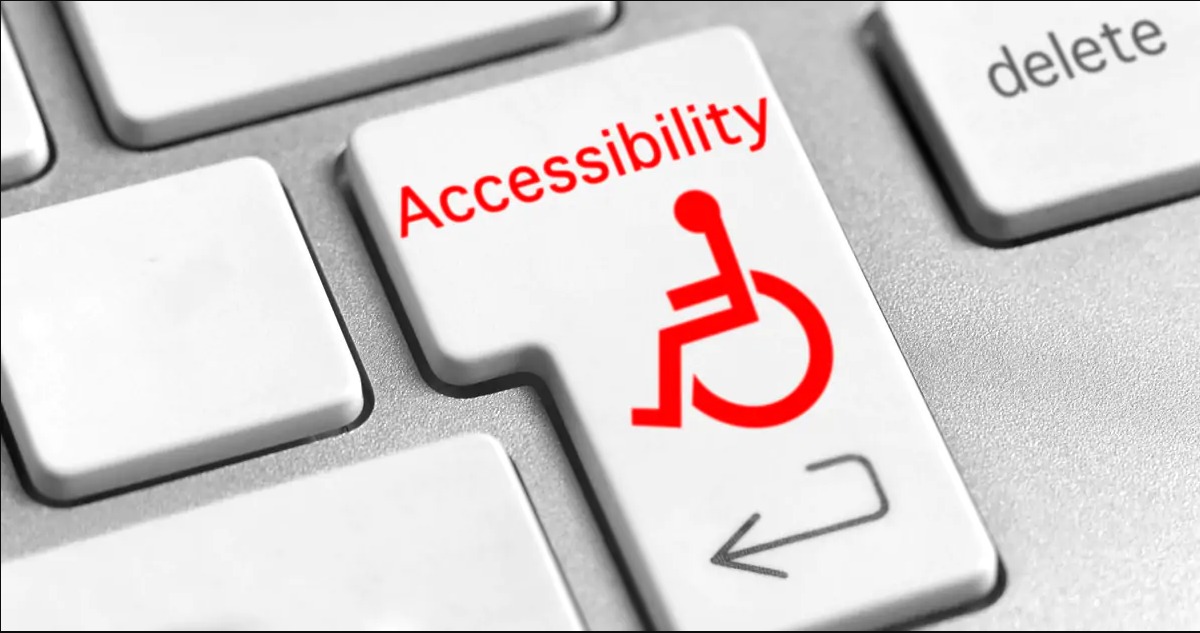Web Content Accessibility Guidelines (WCAG)

Only 2% of websites comply with accessibility guidelines.
Accessibility criteria are not met by today's websites. In fact, only 2% of all websites adhere to best practice standards. As a result, persons with disabilities have a difficult time finding information and services on the internet. Every firm should incorporate accessibility into its digital strategy, but unfortunately, many do not. Digital accessibility is frequently an afterthought.
As businesses expect consumers to do more online than ever before, digital accessibility is becoming increasingly critical. Many businesses went digital by necessity as a result of the pandemic, and online accessibility hurdles did not go undetected.
Many of the sites tested had hundreds of technical accessibility flaws in addition to readability issues, according to the audit. Online content is challenging to comprehend, especially for persons with cognitive disabilities or low literacy. The usage of jargon, complex phrases, and complicated language that required an above-average reading ability were the most common complaints. These types of problems can usually be corrected quickly, making a significant difference to the reader.
Jargon words are used in a variety of businesses, including marketing, advertising, and sales. Jargon words are a form of code used by members of a specific community to communicate. It's critical to utilize simple, straightforward language. It fosters trust, is approachable, and is better for everyone because it is simpler to comprehend.
The vocabulary used in the corporate sphere is more advanced. Our messaging is meant to be "elevated" as a result of this, but really it just creates barriers. When it comes to the reading level of your materials, you must consider all people.
Digital accessibility can be addressed in two ways: through technology and through human interaction. We can make major changes more efficiently if we combine the two.
It doesn't have to be difficult to get started; all that is required is for accessibility to become a top priority for the organization. Everyone in your business should be aware of the importance of accessibility and inclusiveness for this to happen. Putting together a cross-departmental accessibility team can be beneficial. People from diverse sections of your firm and from various backgrounds should make up the team. These individuals will become experts in content, design, sales, and development, collaborating with their larger teams to make everything more accessible. Technical accessibility should be monitored and fixed on a regular basis by the appropriate team.
Your accessibility experts should also be aware of the ways in which technology may help. Benchmarking, measuring, and monitoring digital accessibility can all be automated with the use of technology.
It's critical to recognize the source of your issues. Accessibility tools, for example, can be used to detect mistakes at scale. This frees up time for your team to focus on what really matters: addressing accessibility and enhancing readability.
It’s a marathon, not a sprint
Determine your most pressing concerns and handle them first. Then make a longer-term strategy. Digital accessibility is a continuous activity that should be incorporated into your company's overall strategy. Digital accessibility should be embraced at all levels of the company.
Consider your target audience while creating your next ad campaign, website design, or digital product launch. Consider how they react to your digital content. Examine whether it is accessible and used by all demographics. Let's make sure that everyone has access to online information and services.

